Takeaways from Meet Magento Baltics
Nowadays, there are no borders. Every small business is forced to compete with the rest of the world and that includes the biggest online merchants out there. We get the struggle and want to present you with practical, down to earth eCommerce hacks you can implement and uplift conversions today.
1 — Find and destroy bugs
Usability bugs burn your money, there’s no way around it. If your online store isn’t working properly, the users won’t stay on your website. When was the last time your store was tested for usability? And what can you do to lose less money due to bugs? Easy—find all the bugs!!!
Look in the data
Segment by:
- Device
- Operating system
- Browser
- Browser version
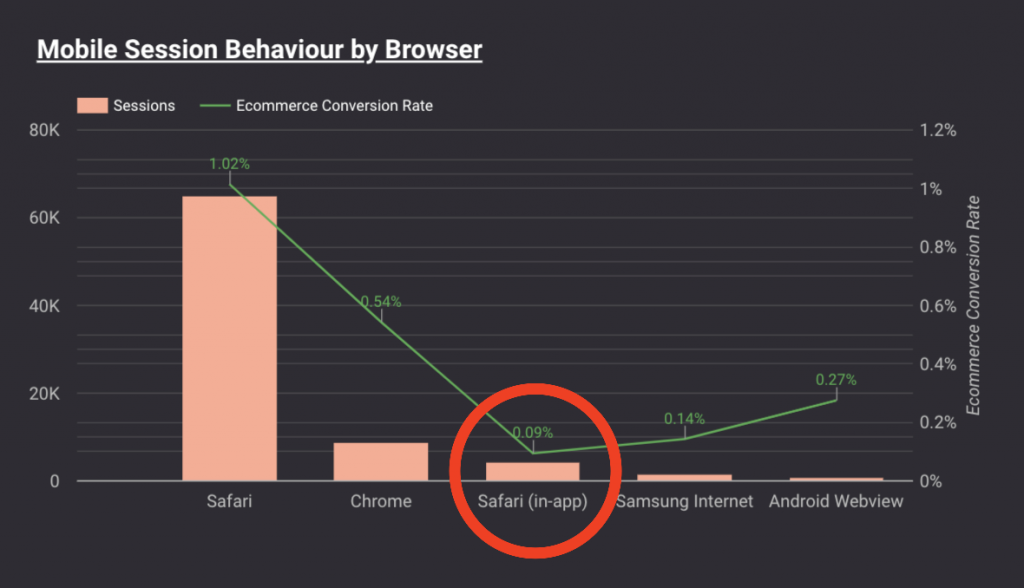
Look for:
- Outliers, Oddities, Differences, Skews
- The stuff above and below average
- Issues in the shopping funnel
- Segments that under and over perform
Test actual devices/browsers & detect bugs ASAP
From development to unit tests, to QA testing, to production stage, it’s imperative to try to spot any bugs asap. Simple as that. The longer you wait to look for the bugs, the higher the costs of fixing them.
Customer Service -> bug ticket process
You’d expect users reporting bugs and issues with the site to the customer service or otherwise. In actuality, they do it very rarely. Not having customers complain about the site’s usability though doesn’t mean that there are no bugs or UX issues.
Customer Service people are the first in line to hear the pains of customers or any users. They are the first ones to hear what type of info people cannot find, what actions they cannot complete, etc. So, for eCommerce managers and growth optimizers, the Customer Service people are a great source of information on issues with the UX and improvement potentials.
Btw, customer services are frequently designed as “a place where info about bugs disappears”. There are usually no processes in place to document and forward all customer complaints from their experience to people who can solve them. E.g., if a customer reports a technical bug — not enough details are gathered by the customer service people. As a result, this info isn’t forwarded to people who can make actions. The solution can just as easily be: create a bug ticket for the PM/Development team to investigate and solve the problem.
2 — Optimize text copy every week
When was the last time copy was revised for your store? Can you remember? Optimizing text copy more frequently than the design itself is actually something we suggest to go by.
For most of the stores, it’s the copy that has the biggest influence on conversions.
In fact, less than half (46%) of eCommerce stores optimize their value proposition. At the same time, some online business sees more than 400% increase in CTR after copy optimization.
So there definitely is some opportunity.
What to do with your store’s copy? The less known your company is, the better your value proposition needs to be. Here are some tips on optimizing it:
Do not delegate to juniors/interns
Writing good copy is not easy, not anyone can do it! The best copy mostly comes from business owners themselves — is there anyone else who knows the customer better?
Strong value proposition on homepage
When new people arrive on your site, they have to figure out what your site is about in a few seconds. Especially, if your brand is not very well-known. Yes, they see that you sell stuff, but are you better or different?
Let’s take a look at this example from an innovative mattress startup. It is short. Clear. Persuasive. A sentence “What award-winning comfort feels like” makes you curious and eager to click further.
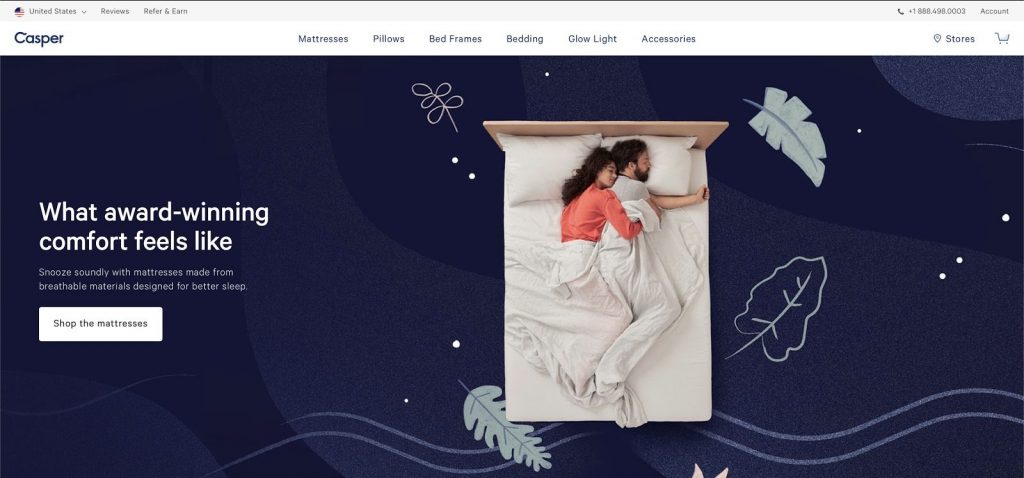
Make user fall in love with the product on the category page
Great copy is crucial here as well. Here’s an example of a famous brand w/o any copy used on the product listing… just products.
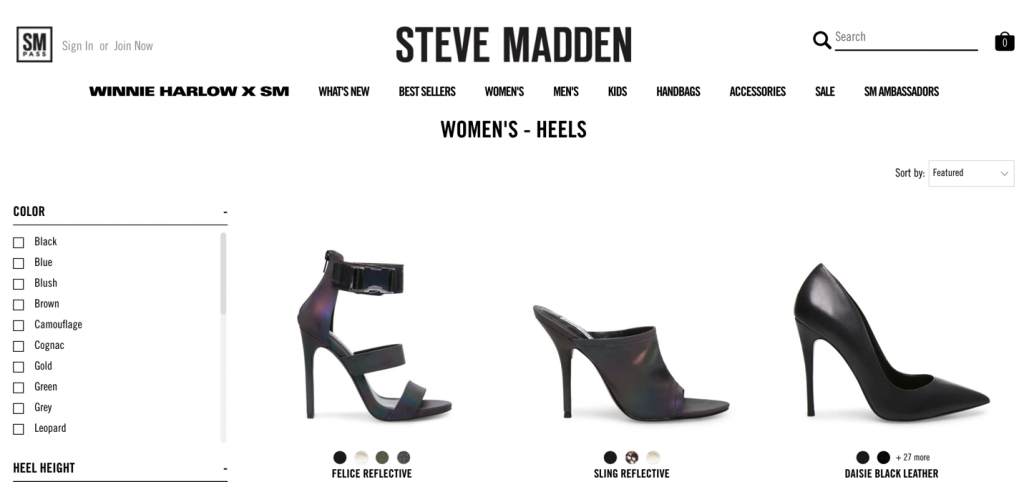
By adding a bit of extra copy, you can significantly increase the user motivation to explore products further.
Offer short version of product description
This point is related to the product page. It’s a must to provide a shorter version of the product description to capture the essence of the offer by only scanning it.
Who is the product for? What will it do? Why is it better than others? Answering these types of questions is crucial for short product descriptions. Try using bullet points and other visuals to convey the competitive advantage of your products. Don’t go overboard with very technical, non-scannable info blocks.
Answer every potential question in the long product description — but don’t overdo
Together with the short description, the long detailed copy shouldn’t be ignored. It should answer any of the potential questions users might have. If someone reads it all and still has questions — there’s a problem. Also, don’t forget that most of your users will read your copy from mobile! Write with mobile in mind.
3 — Images sell products
The goal of a product page is to persuade people to buy. It’s worth noting, visuals are processed 60,000x faster than text. How can images boost your product conversion rates?
Use high-quality product images
Let users zoom in
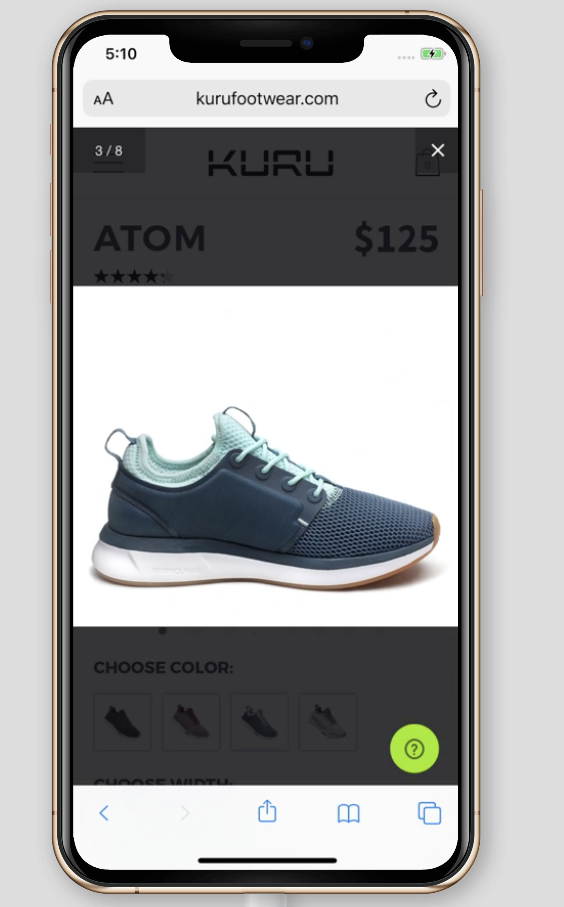
Include alternative/detailed images
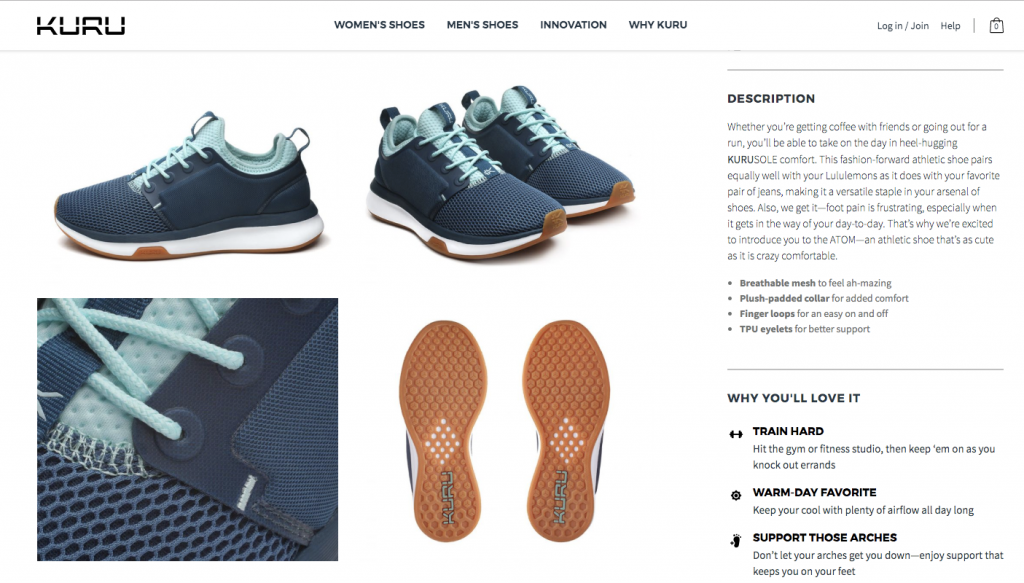
Show the product in context
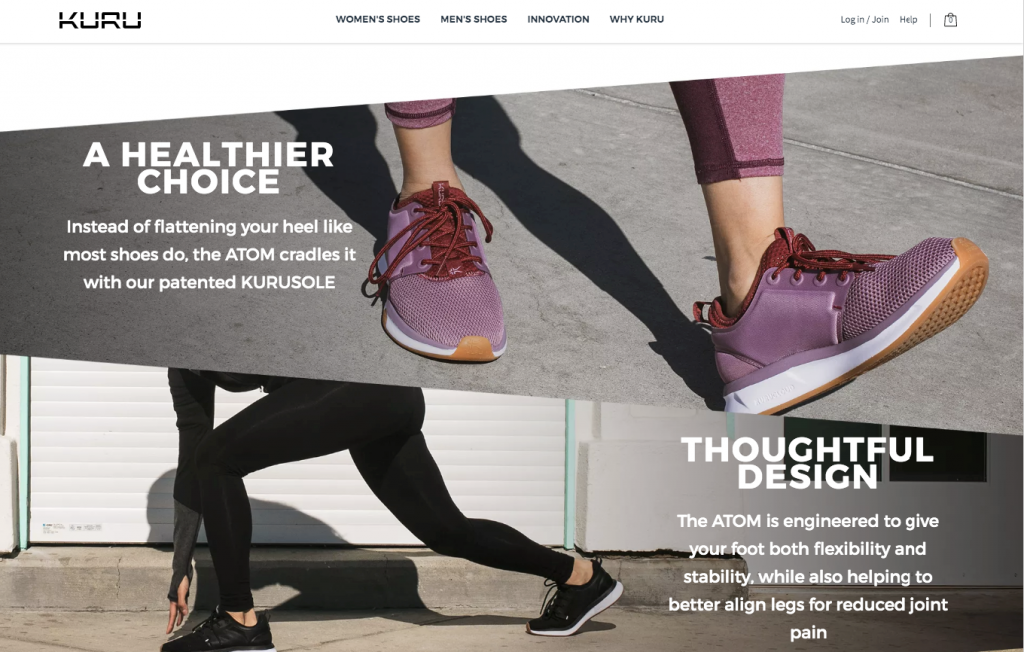
4 — Social proof is a must
It may seem like an obvious improvement that everyone already knows about, but when was the last time you bought a product without reading a review online? People use reviews quite a lot! Sometimes even while shopping in a physical store they tend to ask for feedback. You’re probably doing it too. Statistically, 95% of shoppers read online reviews before making a purchase (if reviews are available).
Ensure at least 90% of products have reviews
The first quick fix you must do is to ensure that at least 90% of your products have reviews. There are lots of cases of different stores’ top-performing products when review functionality is there, but zero reviews are available.
Are missing reviews motivating users to review the product or actually decreasing add-to-cart rate? If you’re struggling to get reviews, at least HIDE the rating until the first review is submitted. Otherwise, instead of motivating the user to buy, you’re exposing to him negative social proof.
Or better — set up an email campaign to customers for gathering reviews, or call your friends and family to generate them, and then import these reviews into the platform.
Don’t delete negative reviews
Secondly, don’t’ delete the negative reviews since they can help sales if there are only a few of them. For example, a client might leave a 2-star rating, but mention all the pros and cons, which helps the potential customer.
Leverage business-wide testimonials
If you’re still lacking product reviews and your friends don’t respond, leverage the business-wide testimonials, it’s much better than nothing.
Use testimonials to support your copy
Reviews can be used not only for product pages. They can appear on the homepage and other landing pages, e.g., by being cleverly incorporated into the copy.
Add user-generated content
Nowadays user-generated content is worth more than the usual text reviews. They shouldn’t be done by celebrity influencers, rather your everyday buyer that truly loves your product and wants to share info about it. It can help your potential customers tremendously with their final buying decision.
5 — Plug the holes in your checkout
This is a hack about the eCommerce Checkout page, i.e., the MON€Y page. A small design/UX improvement in your Checkout has a direct impact on how much money your site makes. And it can turn out to be quite BIG.
69.57% is the average documented online shopping cart abandonment rate. If we look at the combined eCommerce sales of $738 billion in the US and EU, the potential for a 35.26% increase in conversion rate translates to $260 billion worth of lost orders which are recoverable solely through a better checkout flow & design. What can you do to recover the revenue lost from Checkout flaws?
- Have proper checkout analytics configured
- Don’t force registration
- Enclose your Checkout
- Avoid unexpected costs
- Have payment methods that are popular among your users
- Optimize mobile keyboards (use mobile input types for: text, email, telephone numbers, numbers, passwords, date, search)
6 — Don’t undervalue emails
It’s important, do not undervalue emails! Data tells us that 30% of total online sales can be contributed to email marketing. Hence, we can’t miss it!
Collect email address first
Make sure you collect the email address on the first step of the Checkout. You can later use it to send an abandoned cart email if necessary.
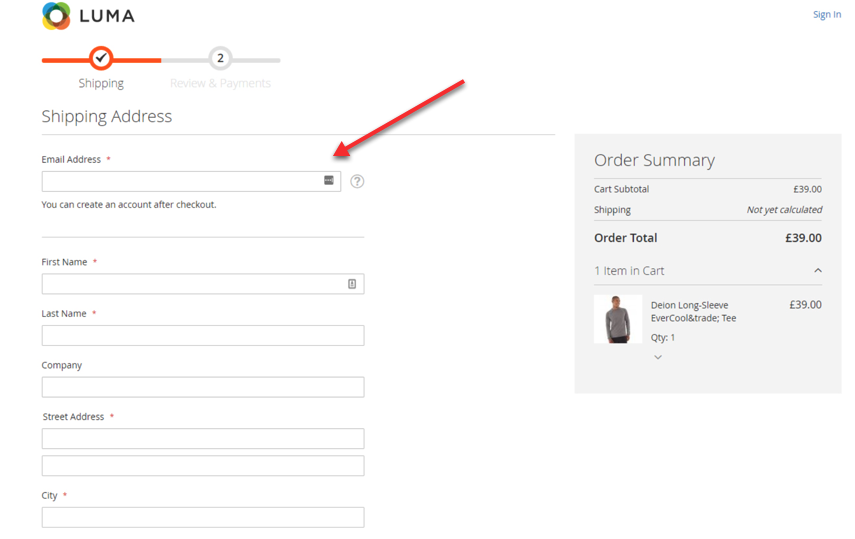
This example shows how Magneto have taken care of their default Checkout. Moreover, by integrating a 3rd party as Klaviyo or Rejoiner you would get all these events automatically w/o any custom code needs.
Follow up with cart abandoners quickly
You need to make sure the first follow-up email goes out as soon as possible. If they complete the purchase somewhere else, the game’s over.
Only 14.7% of top web retailers use email campaigns to retarget shoppers. At the same time, for example, around 500% ROI was generated by Movies Unlimited with the cart abandonment campaign. That should tell you there’s a big opportunity there!
Send emails often
In relation to overall email marketing – you just need to do it, i.e., you just need to send an email! Don’t be afraid so send emails often, only remember that the silver bullet is to find the right balance and find your way into the potential buyer’s mind at the right moment. Research tells that the optimal email newsletter frequency is from 2 to 4 per month, what are you waiting for?
7 — Test elements of URGENCY and SCARCITY
The fear of missing out is a powerful motivator. And conversions are all about persuasion. When a user casually visits your website, you want to turn them into a shopper, and then a buyer. In the world of conversions, every little bit of persuasion counts.
Companies use scarcity over and over again to boost conversions. How can you do it?
The two main types of scarcity you can use to increase sales:
- Quantity-related scarcity (“2 seats left at this price”)
- Time-related scarcity (“last day to buy”)
Travel sites, especially Booking.com are killing it with urgency:
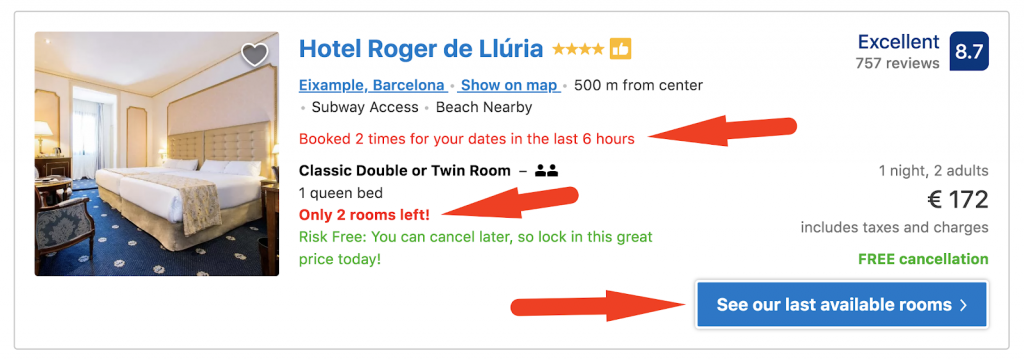
- Inform users when the selected product is low on stock
- Don’t hide configurations that are out of stock
- Present limited time offers
- Countdown timers are always terrifying!
But wait. Scarcity doesn’t always work. If the scarcity persuasion you come up with is BS and your customers are smart, it can hurt more than help. It really does work well – unless the reason for the scarcity is blatantly made up! Monthly access to a digital product is sold out, yet yearly access is still available? Come on! What does this do to your credibility? Not much, except for people stop believing you — and that’s kind of important.
Scarcity is a powerful principle, but like everything, it’s dependent on execution. Don’t employ fake scarcity. If you have a product in high demand and low supply, display it. It’s really more about clearly communicating the realities of scarcities than trying to manufacture it.
8 — Talk with your customer, staff, everyone!
Always remember, you need to talk to your customers, colleagues and basically everyone about your business a lot. We may have different expectations for reality customers are facing.
Call your customer support today
Firstly, take the phone and call your customer support right away. They are the people listening to client complaints daily! There are so many cases when talking to customer support brings much more insights than talking with business managers themselves.
Analyze live-chats and contact forms
All the touchpoints with your users — be it a live chat, facebook messenger, or support emails — should be automatically analyzed.
It’s an out-of-the-box functionality for most of the live chats nowadays. And it’s feedback that doesn’t cost you anything but brings a huge value. Most frequently, it allows you to identify critical Checkout bottlenecks which can be easily spotted and fixed, decreasing Checkout abandonment by several %.
Track “Voice-of-Your-Customer” in a simple spreadsheet
All the feedback you get from customers through all the platforms should be recorded. Online surveys; Email Surveys; Customer interviews; Social Media comments — these are just a few channels where you’ll be getting customer feedback. Just do exports and merge them in a very simple spreadsheet.
Important note: not everything you’re hearing from customers should be incorporated into your site.
Actually, most of the things should not, because clients tend to change their opinion. You need to prioritize and focus on implementing only the most crucial comments which support your future business vision.
9 — ANALYTICS. Have it. Use it
Do you trust your data? 90% of Google Analytics configurations are broken. Are you struggling to make your Google Analytics data actionable? There’s a TON of insights waiting. The trick is knowing where to look.
How to use analytics and data to grow sales?
Audit your analytics to have trustworthy data
Do that by answering these 3 questions:
- Are we collecting all the data we need?
- Can we trust the data we’re collecting?
- Is anything broken or tracking incorrectly?
Visualize the data to get better insights

Find the money leaks in your Shopping funnel
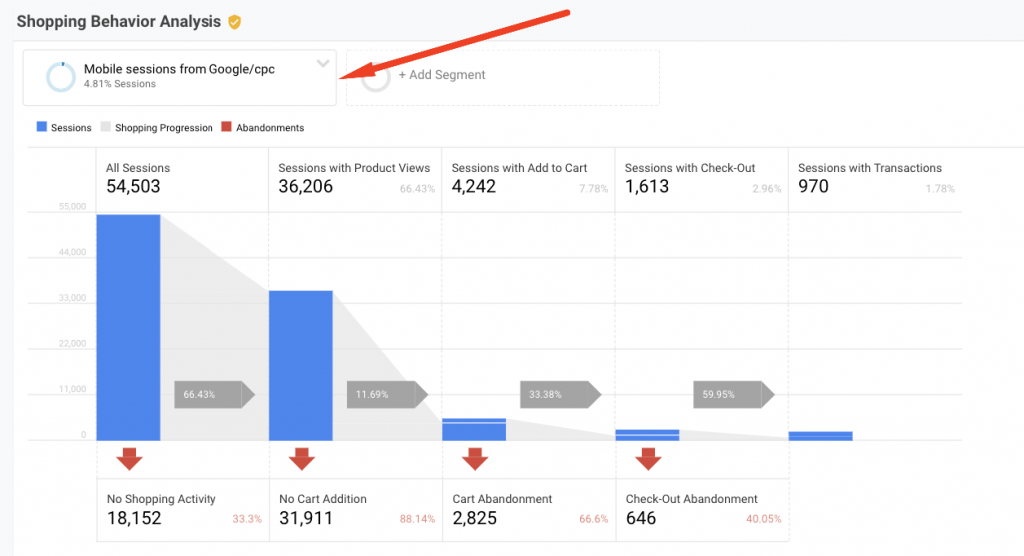
The fact of the matter is, since thousands of growth hacks exist…it does not matter unless you implement at least one. Only change brings results. Do at least one today, and it is definitely going to bring your business some type of value.

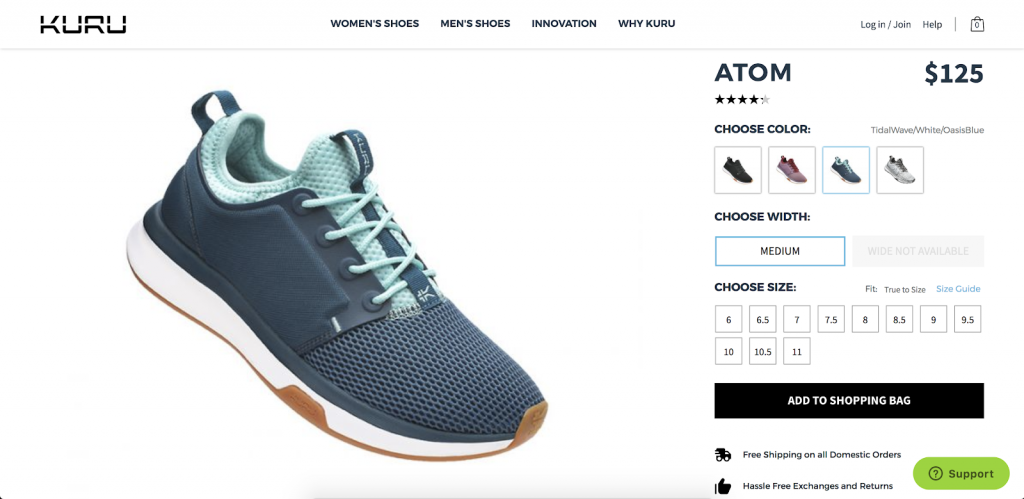

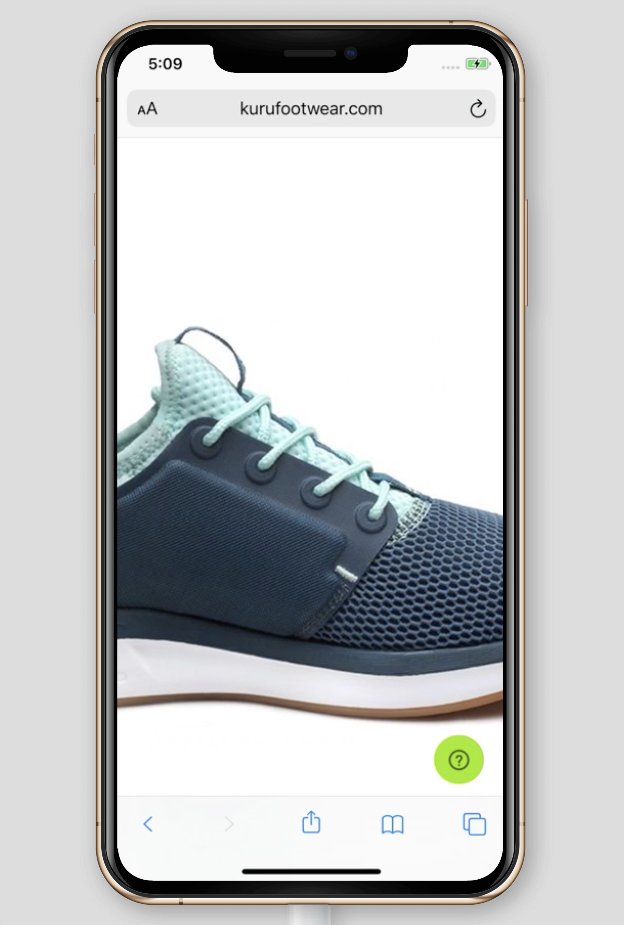


Share on: